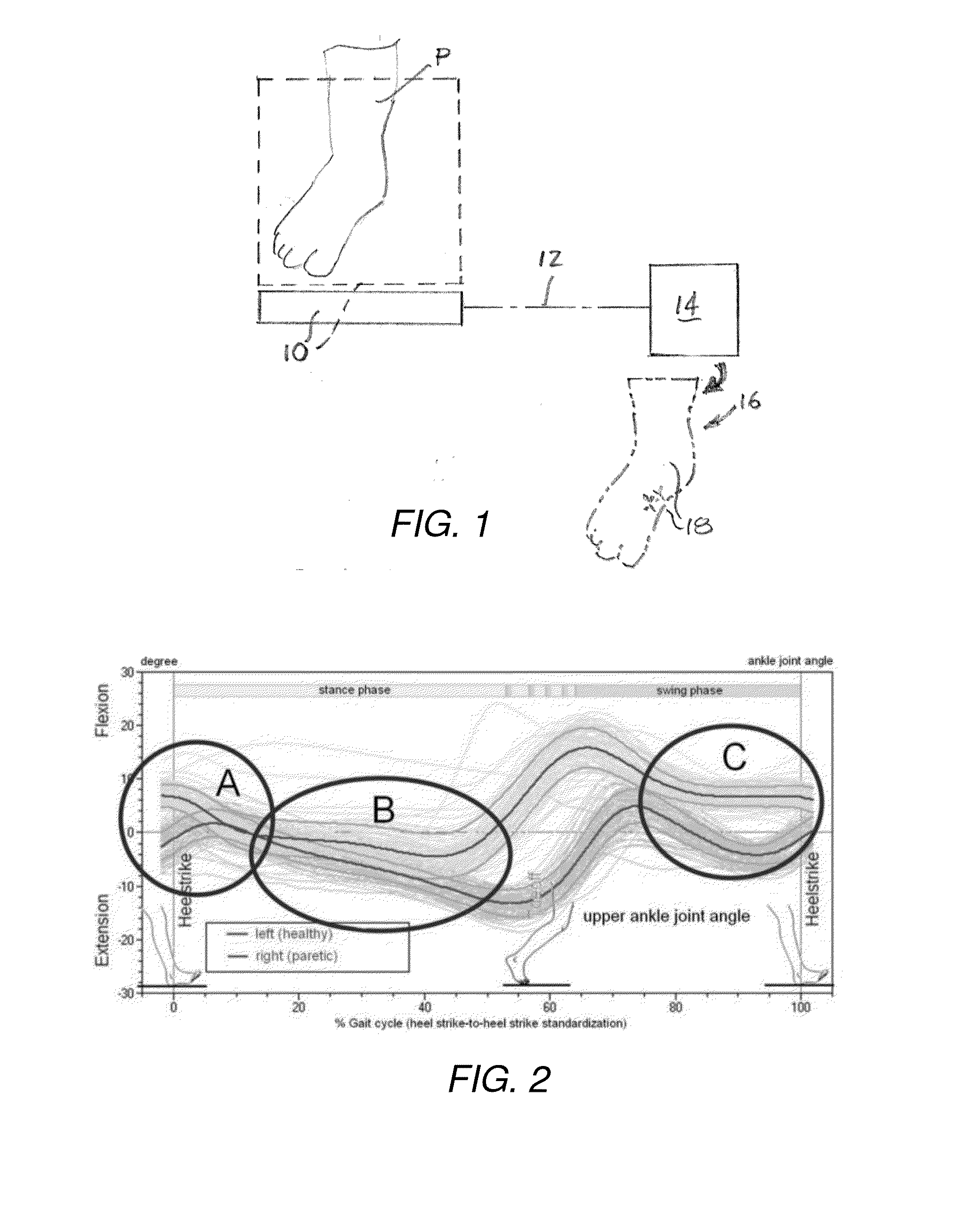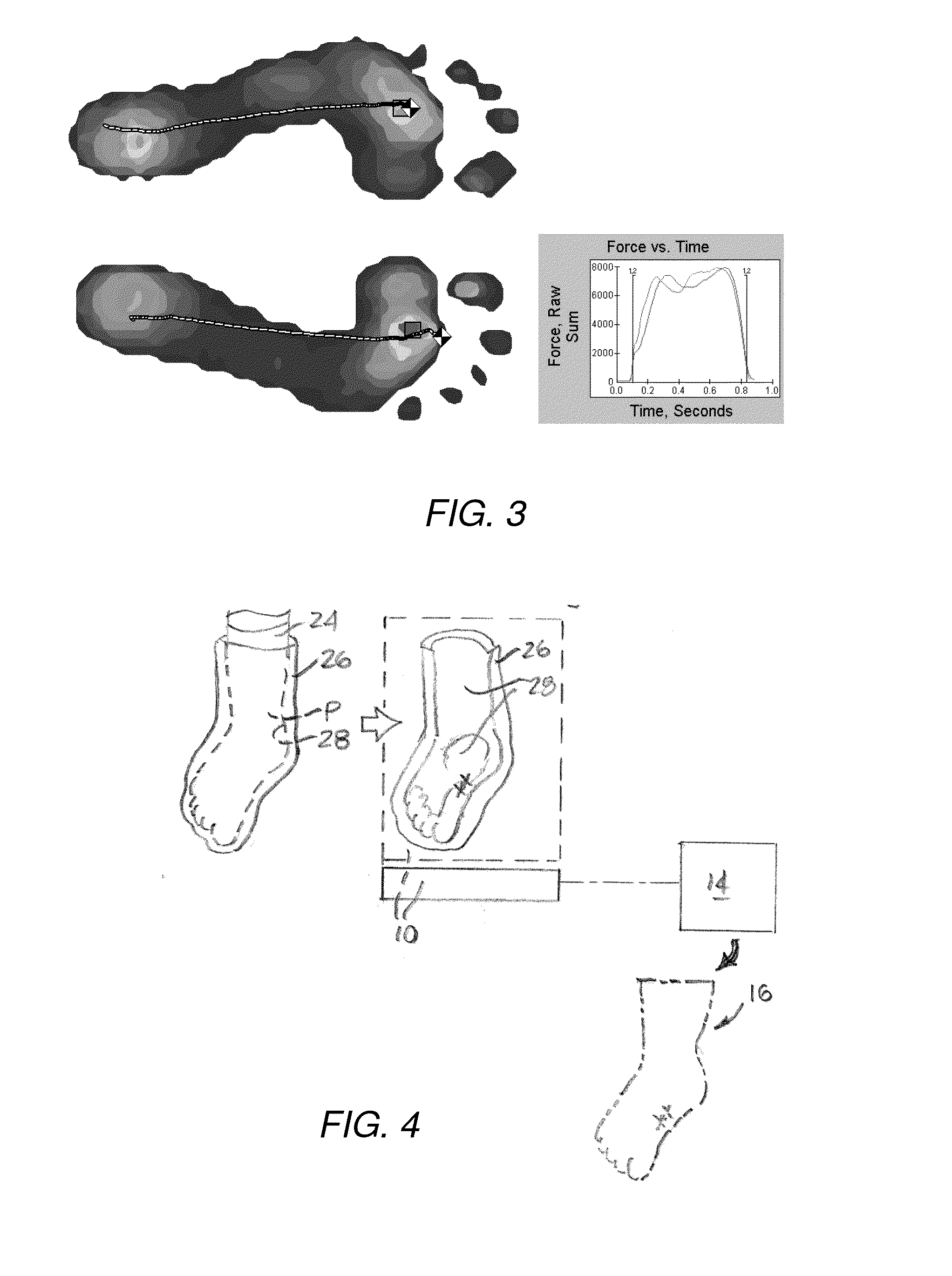Use of additive manufacturing processes in the manufacture of custom orthoses
a technology of additive manufacturing and custom orthoses, applied in the field of custom orthoses manufacturing methods, can solve the problems of labor and time consumption of conventional processes for making custom orthoses, affecting the quality of custom orthoses, and requiring several weeks for conventional processes to achieve the effect of high definition, greater freedom of movement, and strengthening the effect of definition
- Summary
- Abstract
- Description
- Claims
- Application Information
AI Technical Summary
Benefits of technology
Problems solved by technology
Method used
Image
Examples
Embodiment Construction
[0033]In various embodiments, processes for making custom orthoses are disclosed and depicted. Although the disclosed embodiments relate to the manufacture of a custom foot bed for an ankle brace, processes that incorporate teachings of this disclosure may also be used to fabricate features of other types of orthoses that are custom-made for use with a body part of a particular individual, and in processes for making entire orthoses.
[0034]With reference to FIG. 1, an embodiment of a method for obtaining a negative model of a body part P—depicted as the sole of an individual's foot—is illustrated. In such a method, a scanner 10 that has been configured to generate a three-dimensional representation of a scanned object may be used to generate a three-dimensional digital representation of the body part P. In some embodiments, the scanner 10 may comprise a digitizer that operates based on a so-called “last,” or basic representation (e.g., based on common dimensions for a particular demo...
PUM
| Property | Measurement | Unit |
|---|---|---|
| thickness | aaaaa | aaaaa |
| time | aaaaa | aaaaa |
| time | aaaaa | aaaaa |
Abstract
Description
Claims
Application Information
 Login to View More
Login to View More - R&D
- Intellectual Property
- Life Sciences
- Materials
- Tech Scout
- Unparalleled Data Quality
- Higher Quality Content
- 60% Fewer Hallucinations
Browse by: Latest US Patents, China's latest patents, Technical Efficacy Thesaurus, Application Domain, Technology Topic, Popular Technical Reports.
© 2025 PatSnap. All rights reserved.Legal|Privacy policy|Modern Slavery Act Transparency Statement|Sitemap|About US| Contact US: help@patsnap.com



